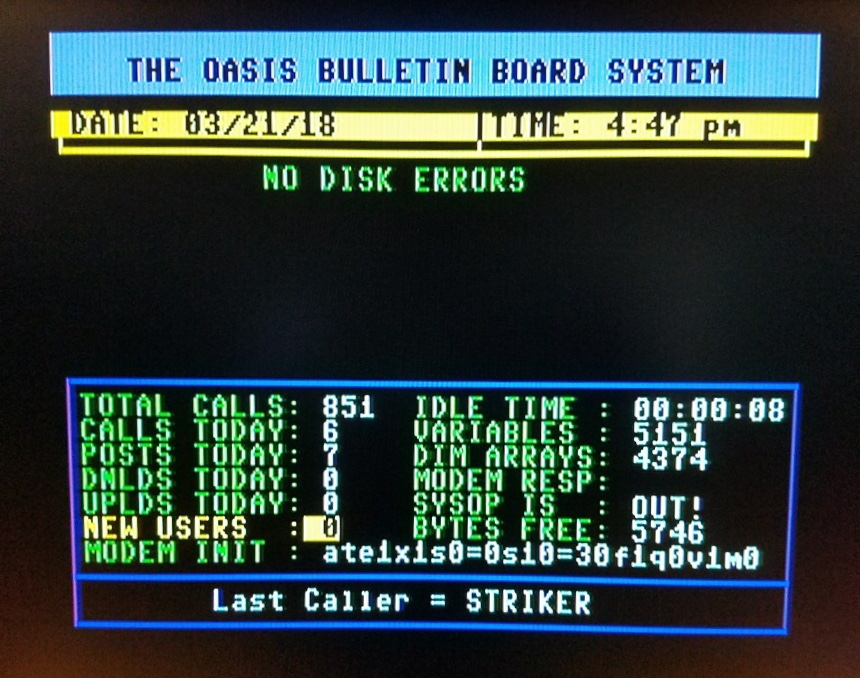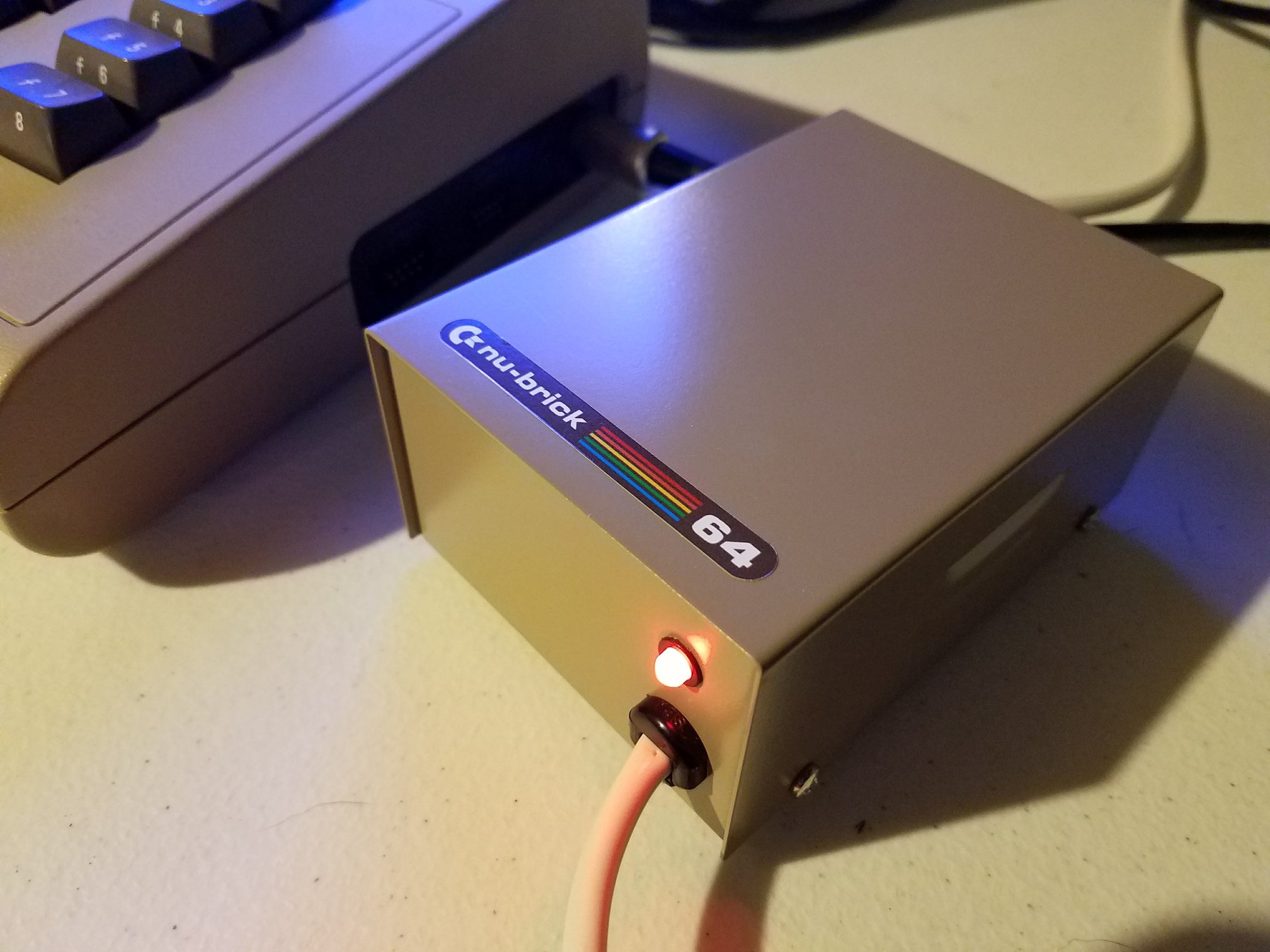Authors notes from the video:
This is the first part of a two-part video series showcasing many of the improvements to Vision BASIC 1.1 over version 1.0. It took more than a year to get to this point, but some substantial changes were made under the hood, and I kept adding new stuff. Plus, I had to get new materials ready for the boxed sets, and I had to make changes to the artwork. In this video, I dish out a lot of information about the changes you’ll find in version 1.1, and there some examples sprinkled throughout. You’ll want to catch the next video for sure, and that will probably be released a couple weeks after the release of this video. Vision BASIC 1.1 won’t officially be available for sale until some time after that video.
Vision BASIC is the culmination of a journey that began over twenty years ago, driven by a desire to enhance the capabilities of traditional BASIC programming. This ambitious project, led by Dennis Osborn, has resulted in a powerful and versatile tool that redefines what BASIC can achieve.
What is Vision BASIC?
Vision BASIC is a significantly enhanced version of the classic BASIC programming language. Often described as “BASIC on steroids,” it brings a wealth of new features and capabilities that the original language lacked. This innovative tool allows users to create programs with unprecedented speed and flexibility.
Key Features:
-
- Speed and Performance: Vision BASIC is incredibly fast. When even more speed is needed, machine language instructions can be directly integrated with BASIC commands, eliminating the need for external machine language files or POKE commands. This dual functionality as both a BASIC interpreter and an assembler sets Vision BASIC apart.
- Expanded Command Set: Vision BASIC introduces a comprehensive set of new commands for sprites, sound, and graphics, significantly reducing the need for manual POKE operations. Users can also create custom commands and functions, which can be saved and reused across different programs.
- User-Friendly Experience: Designed to maintain the familiar C64 editor interface, Vision BASIC offers an intuitive user experience while incorporating improvements to many standard commands. Programs are written and executed directly within the editor, and once compiled, they do not require Vision BASIC to run, similar to standalone applications.
- Memory and Compatibility: Vision BASIC requires at least 256K of additional RAM (REU RAM or SuperCPU expanded RAM). While modern cartridges like the 1541 Ultimate II+ and emulators like VICE can provide this emulated solution, completed programs typically run on any standard C64 machine once compiled to disk.
Minimum Requirements:
-
- – A C64 or C128, or a suitable C64 emulator (such as VICE).
- – An additional 256K of RAM in the form of an REU or a SuperCPU with added RAM.
- – A peripheral capable of reading the provided media.
- – A good familiarity with C64 BASIC and the C64 itself.
Recommended for Optimal Performance:
-
- – At least 512K of expanded RAM.
- – A Turbo Chameleon 64, a SuperCPU, or an Ultimate 64 to enhance compilation speed.
In testing, these accelerators have improved compilation speeds by 10 to 20 times, with the Ultimate 64 showing the most impressive results. The VICE emulator may offer even faster performance in “warp” mode, depending on the version and the hardware capabilities of the PC.
Current Version: 1.1
Vision BASIC operates seamlessly with standard floppy drives and properly emulated devices, loading components from the same device that was used to load the main program (devices 8 to 11).
Conclusion
Vision BASIC represents a significant leap forward for BASIC programming on the C64. It addresses the limitations of traditional BASIC, offering enhanced speed, flexibility, and an expanded command set. For those frustrated with the sluggish performance of classic BASIC, Vision BASIC provides a powerful alternative that can turn programming dreams into reality. As you explore the possibilities of Vision BASIC, the question remains: “What is your vision?”
To support the ongoing development and access this innovative tool, Vision BASIC is available for free download or through a “name your own price” model, allowing users to contribute to the project’s future growth.







